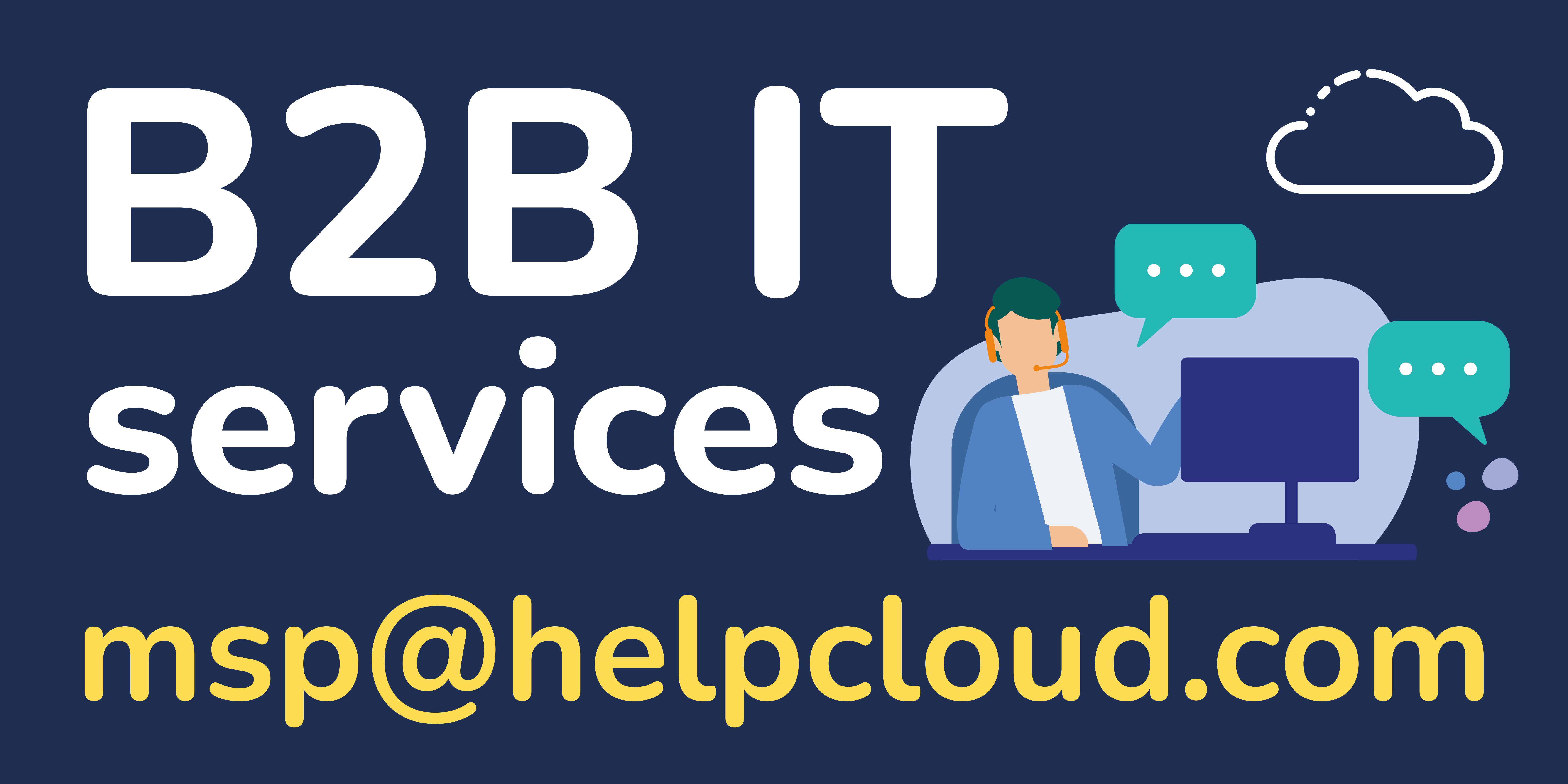Business Process Outsourcing (BPO) has become an essential component for companies looking to streamline operations, reduce costs, and focus on core business activities. A critical aspect of BPO services is the contact center, which handles customer interactions through various channels, including phone, email, chat, and social media. To evaluate the effectiveness and quality of a BPO contact center, several key indicators must be considered. This analysis will delve into the primary indicators that signify a high-quality BPO contact center.

1. Customer Satisfaction (CSAT)
Customer Satisfaction (CSAT) is one of the most crucial indicators of a quality contact center. CSAT scores are typically gathered through post-interaction surveys where customers rate their experience. High CSAT scores indicate that the contact center is effectively meeting customer needs and providing a positive experience.
- Survey Design: Ensure surveys are concise and relevant to capture genuine feedback.
- Regular Monitoring: Continuously monitor CSAT scores to identify trends and areas for improvement.
- Actionable Insights: Use the feedback to implement changes that enhance customer experience.
2. First Call Resolution (FCR)
First Call Resolution (FCR) measures the ability of the contact center to resolve customer issues on the first interaction without the need for follow-ups. High FCR rates are indicative of efficient and knowledgeable agents, as well as effective processes.
- Training Programs: Invest in comprehensive training programs for agents to equip them with the necessary skills and knowledge.
- Knowledge Base: Maintain an up-to-date knowledge base that agents can refer to for accurate information.
- Process Optimization: Streamline processes to reduce the time and effort required to resolve issues.
3. Average Handling Time (AHT)
Average Handling Time (AHT) measures the average duration of a customer interaction, including hold time, talk time, and after-call work. While shorter AHT can indicate efficiency, it should not come at the expense of customer satisfaction.
- Balanced Approach: Strive for a balance between efficiency and thoroughness to ensure issues are resolved satisfactorily.
- Time Management Training: Provide agents with training on effective time management and problem-solving techniques.
- Technology Utilization: Use technology such as CRM systems and automation tools to streamline processes and reduce handling time.

4. Net Promoter Score (NPS)
Net Promoter Score (NPS) measures customer loyalty by asking how likely customers are to recommend the company to others. A high NPS indicates that customers have a positive perception of the company and its services.
- Follow-up: Regularly follow up with customers who provide low scores to understand their concerns and take corrective actions.
- Promoter Engagement: Engage with promoters to leverage their positive experiences and gather testimonials.
- Continuous Improvement: Use NPS feedback to identify areas for continuous improvement in customer service.
5. Employee Satisfaction and Engagement
Employee satisfaction and engagement are critical indicators of a quality contact center. Happy and engaged employees are more likely to provide excellent customer service and stay with the company longer.
- Work Environment: Foster a positive work environment that promotes teamwork, recognition, and career development.
- Feedback Mechanisms: Implement regular feedback mechanisms to understand employee concerns and address them promptly.
- Career Pathways: Provide clear career progression opportunities to motivate and retain talent.
6. Quality Assurance (QA)
Quality Assurance (QA) programs are essential for maintaining high service standards. QA involves monitoring and evaluating agent interactions to ensure adherence to company policies and procedures.
- Regular Audits: Conduct regular audits of agent interactions to identify compliance issues and areas for improvement.
- Coaching and Training: Use QA findings to provide targeted coaching and training to agents.
- Continuous Feedback: Establish a continuous feedback loop where agents receive timely and constructive feedback.

7. Technology and Infrastructure
The technology and infrastructure of a contact center play a significant role in its effectiveness. Modern, reliable systems ensure smooth operations and enhance the overall customer experience.
- Up-to-date Systems: Invest in the latest contact center technologies, such as cloud-based solutions, AI-driven tools, and omnichannel platforms.
- Scalability: Ensure the infrastructure is scalable to handle varying volumes of customer interactions.
- Reliability and Security: Maintain high standards of reliability and security to protect customer data and ensure uninterrupted service.
8. Workforce Management (WFM)
Workforce Management (WFM) involves optimizing the scheduling and utilization of contact center staff to meet service level agreements (SLAs) and customer demand.
- Forecasting: Use advanced forecasting tools to predict call volumes and adjust staffing levels accordingly.
- Scheduling: Implement flexible scheduling to accommodate peak times and ensure adequate coverage.
- Performance Metrics**: Monitor performance metrics such as adherence, occupancy, and shrinkage to optimize workforce efficiency.
9. Service Level Agreements (SLAs)
Service Level Agreements (SLAs) define the expected performance standards and response times for the contact center. Adherence to SLAs is a key indicator of the center’s reliability and commitment to service excellence.
- Clear SLAs: Define clear and measurable SLAs for various aspects of customer service, including response times and resolution times.
- Monitoring: Continuously monitor performance against SLAs and take corrective actions when targets are not met.
- Transparent Reporting: Provide transparent reporting to clients on SLA performance to build trust and accountability.
10. Multichannel Support

A high-quality contact center provides multichannel support to meet customers where they are, whether through phone, email, chat, social media, or other channels.
- Integrated Platforms: Use integrated platforms that allow seamless transitions between channels and provide a unified view of customer interactions.
- Channel Expertise: Ensure agents are trained to handle interactions across different channels effectively.
- Consistent Experience: Provide a consistent customer experience across all channels to maintain brand integrity and customer satisfaction.
Use a Trusted BPO Company
Evaluating the quality of a BPO contact center involves assessing a range of key indicators, from customer satisfaction and first call resolution to technology and workforce management. By focusing on these indicators, companies can ensure their contact centers deliver exceptional service, foster customer loyalty, and operate efficiently. Continuous monitoring and improvement in these areas are essential to maintaining high standards and achieving long-term success in the competitive BPO industry.

